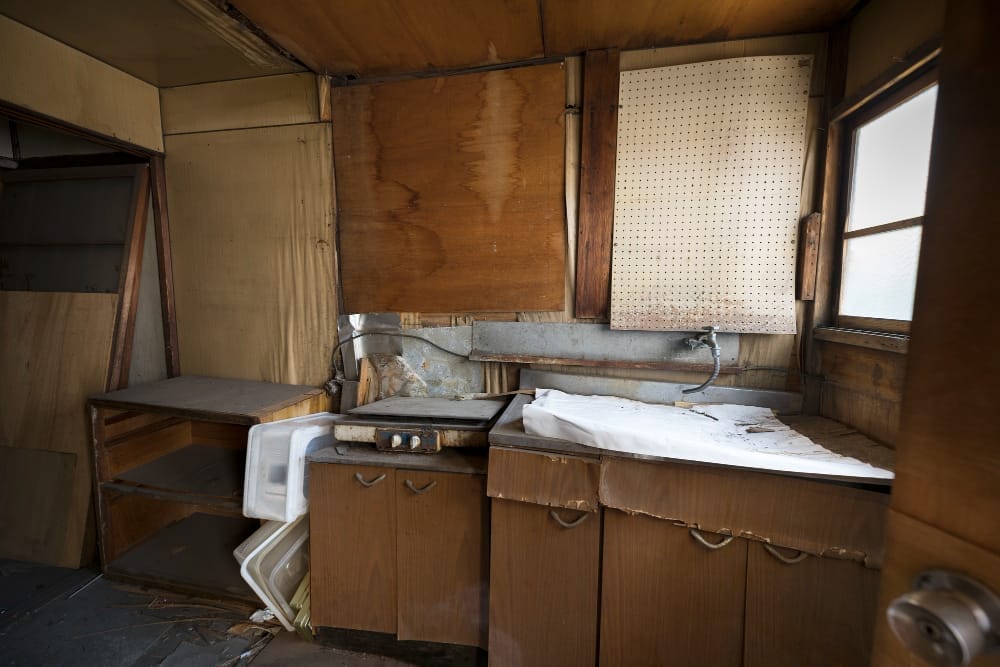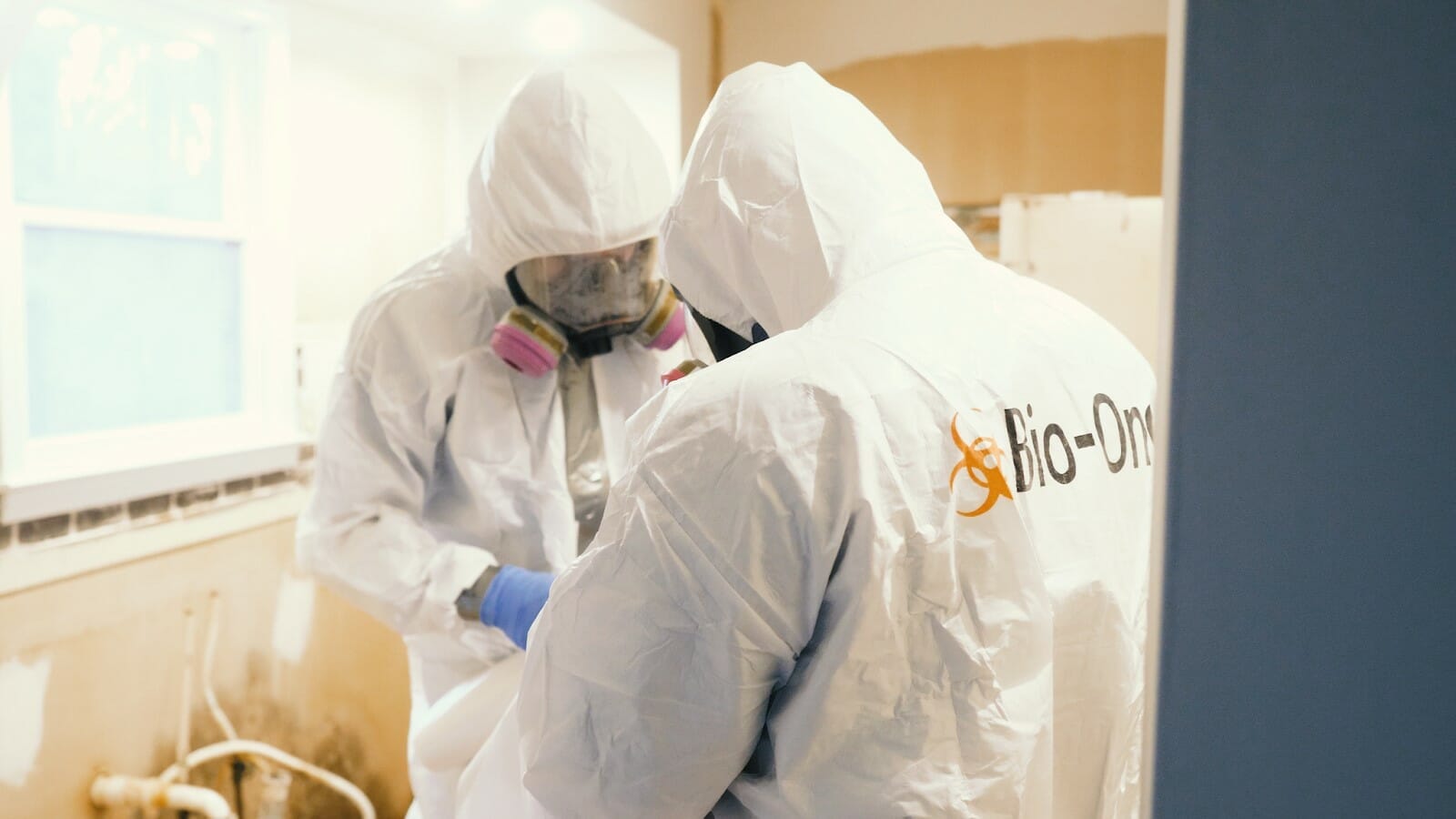
Teargas is a weapon commonly used by law enforcement in crowds and riot situations to disperse the crowds. However, teargas can also be used in confined spaces or indoors, causing significant hazards to anyone exposed. As residue can linger in the air, on surfaces, and in materials for weeks or even months, it's essential to follow strict practices when removing it. In this blog post, we'll give you expert tips for cleaning up teargas in indoor environments.
What is Teargas?
Teargas is a chemical compound used in aerosol canisters or grenades to control and disperse crowds. It contains chemicals such as CS (chlorobenzylidene malononitrile), CN (chloroacetophenone), and OC (oleoresin capsicum). These chemicals irritate the eyes, nose, lungs, and skin, causing significant discomfort and could seriously injure or respiratory failure resulting in death.

Teargas gas was first used in 1914 by German forces during World War I. It was initially developed as a non-lethal weapon to combat enemy soldiers and reduce the risk of casualties. However, teargas has been used for crowd control and riot situations since the 1920s, becoming a popular choice for law enforcement agencies around the world.
Symptoms of Teargas Exposure
The symptoms of teargas exposure can vary based on the person's sensitivity, and the level of exposure can range from mild to severe. Symptoms can include:
- Burning and stinging sensation in the eyes, nose, throat, and skin
- Excessive tearing or watering of the eyes
- Runny nose and coughing
- Difficulty breathing or shortness of breath
- Chest tightness or pain
- Nausea and vomiting
- Headaches and dizziness
The effects of teargas can last for hours after exposure and can even cause long-term health issues. Individuals with pre-existing respiratory or cardiac conditions, as well as pregnant women, are at a higher risk of experiencing severe symptoms, so the best thing to do is immediately seek fresh air and move away from the affected area.

Clean-up Tips for Indoor Environments
If teargas has been deployed indoors, it's crucial to immediately clean and decontaminate the affected area thoroughly. Here are some expert tips to follow:
- Open all windows and doors to ventilate the area: The first step is to get as much fresh air into the space as possible. This will help dissipate the teargas and reduce the concentration of chemicals in the air.
- Use a fan or air purifier to circulate the air: Fans and air purifiers can help speed up the process of clearing the air in small indoor spaces.
- Wipe down all surfaces, including walls, floors, and furniture: Use a mixture of one part vinegar to ten parts water. This solution can help neutralize the chemicals from teargas.
- Launder any fabric items, such as curtains or upholstery covers: The same vinegar and water solution can be used to wash fabric items that may have been exposed to teargas.
- Mop the floors with warm, soapy water: This will help remove any residual chemicals from the teargas.
- Replace filters: If the building has a ventilation system, replace all filters and have it professionally cleaned.
It's essential to wear gloves and a face mask while cleaning up teargas. In some cases, clothing and other personal items may need to be discarded. If you do attempt to salvage these items, it's best to take them outside and shake or brush off any visible particles before laundering them separately from other clothes.
It's worth noting that teargas residue may not be removed with conventional cleaning methods, and attempting to do so without specialized equipment may cause it to spread, further contaminating the space. Therefore, we always recommend hiring a professional teargas cleanup company.

Bio-One of Marion County Can Help
Our team at Bio-One of Marion County is trained to handle tear gas cleanup. Our process begins with conducting an initial assessment of the scene to determine the extent of the contamination.
Depending on the extent of damage, our team will use specialized equipment such as HEPA vacuums, air scrubbers, and ozone machines to remove the tear gas residue from all surfaces and materials. We'll also conduct a final inspection to ensure that all residue has been removed successfully. If you're looking for a reliable and professional teargas cleanup service in Indianapolis, contact Bio-One of Marion County today!
Bio-One specializes in blood and bodily fluids, decomposition/undiscovered death, crime scene, suicide cleanup, tear gas, feces/urine, sewage backups, and odor removal. Helping people get their lives back in order is our #1 priority.
Bio-One of Marion County is here to help you 24/7, 365 days a year! Call (317) 499-0614, and you'll speak directly to one of us when you call; there is never an answering service. We'll treat you like a person with the compassion and respect that you deserve.


